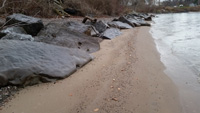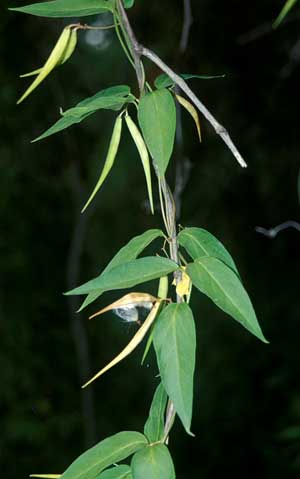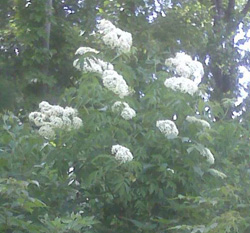Menu
Home Page
Officers
History
Photo Gallery
Members
Services / Links
Plants / Animals
Archive
About Us
Contact Us

Plants
Swallow-Wort: 
At the July 4, 2009 Land Owners Association meeting, it came up that there is a plant called the Swallow Wort growing in this area. It is an Invasive Species plant that can kill trees. Here is an excerp from the following pdf file. Swallow-wort (Cynanchum rossicum) is an exotic herbaceous twining perennial herb found on calcareous soils in the northeastern U.S. and adjacent Canada. A member of the milkweed family, the species, introduced from Europe more than a century ago, exhibits highly invasive characteristics and is capable of displacing native species over extensive areas. The species is expanding through much of the Great Lakes area.
To read more from that article please click the following link. Swallow_wort_QAPP.pdf
Please click the following link for even more information. Pale Swallow-wort
Here is another link. Swallow Wort pdf
Hogweed: 
Presented July 2009 - They are a large invasive species, up to 12 feet high, which is the size of the one on our eastside common area.Giant hogweed -- a member of the parsley family -- is striking due to its huge size. In the first year of growth, plants form a bush-like rosette of compound leaves (1 to 5 feet wide) that are deeply incised and pointed. Plants flower in their second year (or later, depending on maturity). Flowering plants are 8 to 15 feet tall, topped with a group of broad, flat-topped umbels of white flowers. Flower stalks can be 2 to 4 inches in diameter, with coarse white hairs and reddish-purple mottling. The bottoms of leaves also have coarse, dense hairs. The plant produces thousands of seeds, then dies after flowering.
To read more on Hogweed please click on the following links.
DANGER: Hogweed is dangerous beauty
Plants - Giant Hogweed (Heracleum mantegazzianum) -- Invasivespeciesinfo.gov
Written Findings of the State Noxious Weed Control Board - Class A Weed
Hogweed in Wayne County
Our newest Link
Giant hogweed: How concerned should we be in upstate NY?
more on Hogweed
more on Hogweed
Animals & Birds
Nestboxes for American Kestrels
Wildlife Myths - "Birds & Blooms" June - July 2011